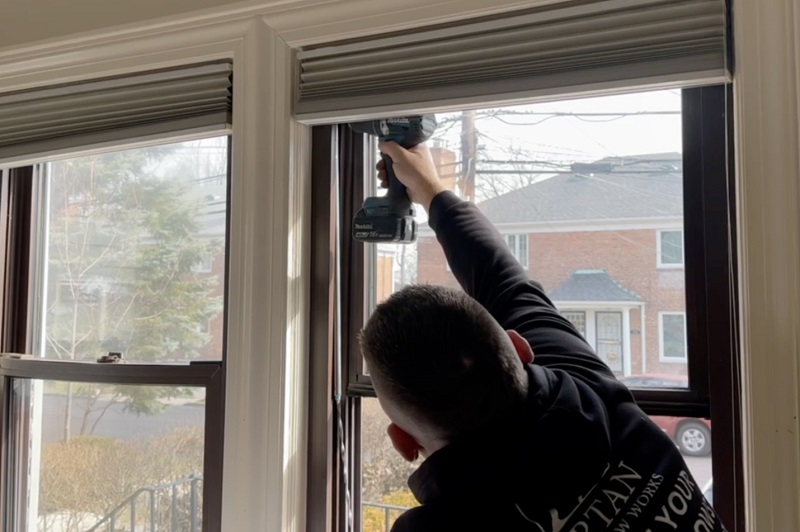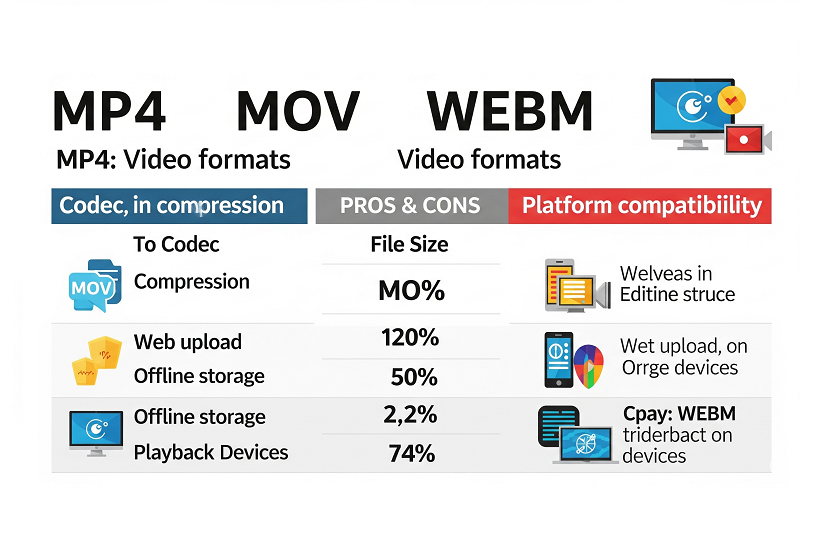SMS Verification in 2025: Fast OTPs, Real Privacy, Zero Guesswork
One-time passwords should be the quickest part of sign-up, not the step that derails your flow. If you’ve ever waited minutes for a code, hammered “Resend,” or hesitated to share your personal SIM with yet another app, this guide is for you. Below is a clean, repeatable approach to getting OTPs fast while keeping your main number off the grid.
Why OTPs lag (and how to avoid it)
Clock drift. OTP validity windows are short; devices that aren’t synced to network time reject perfectly valid codes.
Mixed signals. If your IP, time zone, UI language, and number region point to different countries, automated risk systems slow everything down.
Over-resend. Hitting “Resend” several times in a minute triggers cooldowns and, in some cases, temporary blocks.
Shallow pools. Overused or web-only number ranges produce inconsistent routing and higher failure rates.
The simple fix: real-SIM temporary numbers
A high-quality temporary number isn’t a “fake.” It’s a short lease on real carrier infrastructure. Because traffic travels genuine mobile routes, delivery behaves like a normal handset—and your personal SIM never ends up in third-party databases. If you just need a code without exposing your main number, you can receive sms online and capture the OTP inside a controlled, one-off session.
A no-drama activation flow
- Start clean. Use a fresh browser profile or mobile session, enable automatic time sync, keep extensions minimal, and stay on a stable connection.
- Align signals. During activation, keep IP, time zone, language, and number region consistent.
- Request once, wait ~90 seconds. Healthy routes deliver in 30–120 seconds. Avoid rapid resends.
- Enter the code once. If it fails, restart the step for a brand-new OTP rather than forcing retries.
- Rotate one variable at a time. If delivery stalls, change either the number, or the device profile, or the IP class—and leave a short cooldown.
- Harden the account. After onboarding, keep SMS for convenience but enable an authenticator app (TOTP) for day-to-day logins.
Service-aligned numbers save hours
Large platforms score ranges differently. Using a pool aligned to the service you’re joining removes guesswork. For developer tooling and AI accounts, a temp phone number for OpenAI typically reduces resends and “invalid code” loops compared with random numbers.
Troubleshooting checklist
- No code after ~3 minutes? Confirm time sync, then switch to another number in the same region; if latency persists, try a nearby region.
- “Invalid code” on first try? Clear cookies/site data for the sign-up domain and request a fresh OTP.
- Works on a phone, fails in an emulator? Establish a baseline on real hardware, then tune emulator fingerprinting and networking.
- Recurring cooldowns? Slow down; fewer, better-timed attempts pass more often than rapid-fire resends.
Privacy, compliance, common sense
Temporary numbers are a privacy and operations tool, not a way to impersonate users or break rules. Follow platform terms and local law, restrict access with roles, and keep a minimal audit trail (timestamp, region, outcome). Don’t store OTP contents longer than necessary.
Bottom line: make OTP boring again. With aligned signals and real-SIM temporary numbers, SMS verification becomes a two-minute checkbox instead of a bottleneck—while your personal SIM stays private.




